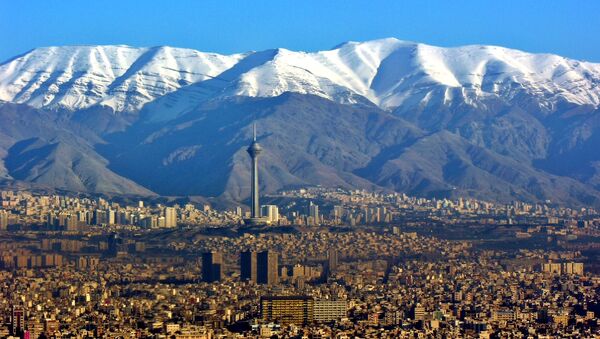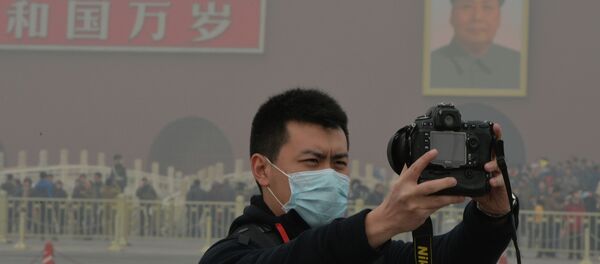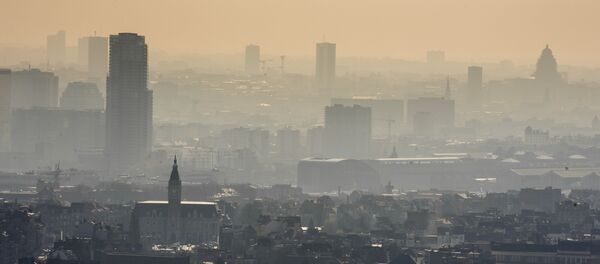Mohammad Rastegari, the deputy head of Iran's Environmental Protection Organization for Monitoring and Supervision, claimed in an interview to Sputnik Persian that the environmental problem in the Iranian capital will be solved in five years.
"The problem of air pollution is not new for Tehran. The situation was similar 50 years ago, as evidenced by the history of meteorological observations we have at our disposal," Rastegari told Sputnik.

The main reason for the adverse climatic conditions in Tehran is a topographical factor, the expert explained:
"Natural purification of air in the city is not happening. Winds over Tehran are directed only one way, from west to east. But the eastern part of the capital is limited to the foothills of the Alborz Mountains, which act as a natural barrier. Thus, harmful substances subside in the atmosphere directly above the city."
The most common harmful gas is carbon monoxide, which sits at dangerous levels for 160-170 days a year. However, local experts managed to take its propagation under control and reduce its content in Tehran's air, he added.
Hassan Rouhani's government has paid heightened attention to the fight against air pollution in Tehran:
"A year ago, a corresponding program consisting of nine points was adopted. A set of measures has been drawn up for the maintenance of cars of various ages, as well as for construction and operation of large industrial enterprises in Tehran. In addition, information work with the population is regularly carried out."
At the same time, new fuel standards were introduced: "From now on, in Tehran at least allowed standard Euro-4. All new cars meet this fuel standard," Rastegari noted. In addition, around 350,000 old cars were utilized, each of which polluted the air at least 30 times more than a new one.
Another priority for the government is the expansion of the underground network, as well as encouraging the population to use the more environmentally friendly metro rather than the overground transport that pollutes the atmosphere.
"The result of all these measures is obvious: two years ago, Tehran was covered with smog for 40% of the time in a year; this year this figure decreased to 32%," Mohammad Rastegari told Sputnik.
Nevertheless, the environmental monitoring expert admitted that a lot of work is still needed to be done to establish suitable conditions for life in the city.
Developing their own program to combat air pollution, Tehran's experts closely studied and implemented the most effective experience of their foreign colleagues.
"We have enough internal resources to combat air pollution. At the same time, foreign partners' assistance would allow to accelerate the implementation of our programs. But even without it, according to our estimates, we can completely get rid of the air pollution problem in Tehran in five years," Rastegari concluded.






